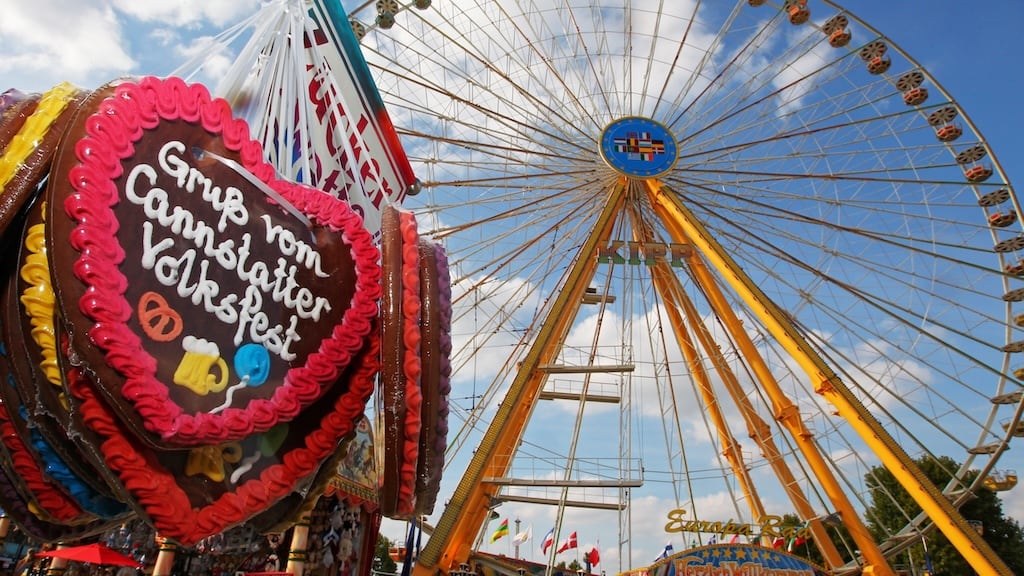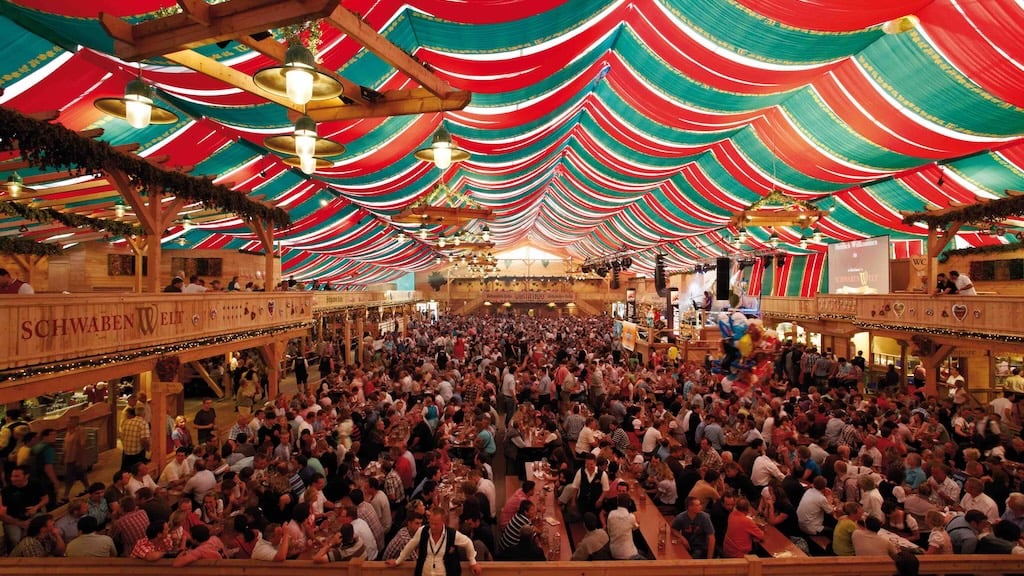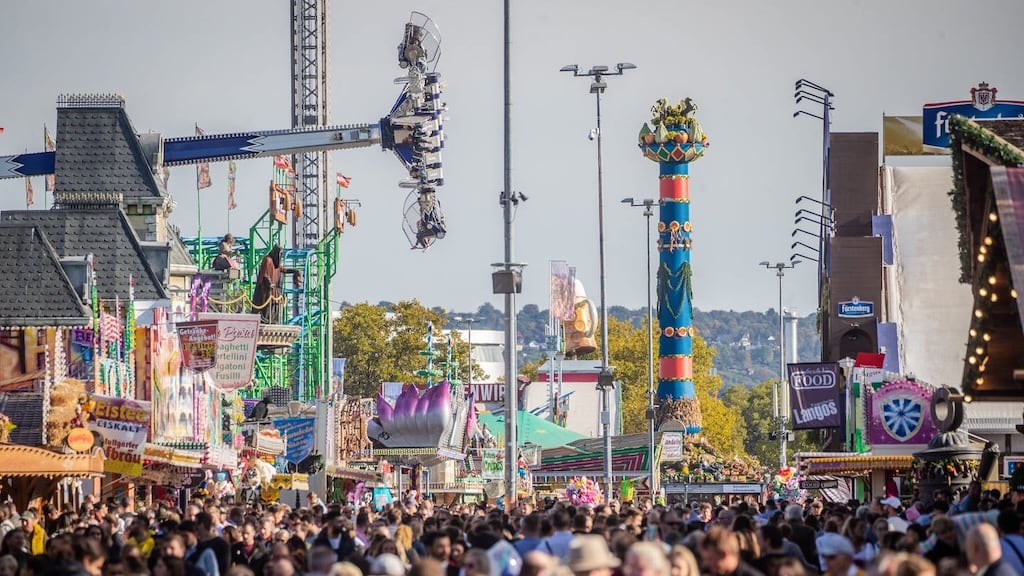Stuttgart's Autumn Celebration
On the banks of the Neckar River in the Bad Cannstatt district of Stuttgart, Germany, the Cannstatter Volksfest stands as Europe's largest autumn festival and the world's second-largest beer festival after Munich's Oktoberfest.
Each year, this 17-day celebration draws over four million visitors and offers a vibrant insight into Swabian life through bustling beer tents, folk parades, and family-friendly entertainment.


Historical Background
The festival's origins date back to 1818, when King Wilhelm I of Württemberg and Queen Katharina organized an agricultural show to support local farmers after the 'Year Without a Summer' of 1816 devastated crops. Initially a one-day harvest fair featuring livestock awards and a simple procession, the event quickly grew in popularity.
By the late 19th century, the Volksfest expanded to several days, incorporating horse races and cattle exhibitions. Although interrupted by both World Wars, the modern festival resumed in 1950, evolving into its current 17-day format by 2007. Milestone moments—such as the 100th anniversary parade in 1935 and the inauguration of the first Fruit Column ('Fruchtsäule')—have cemented its enduring traditions.
Common Activities
Beer Tents Eight large tents hosted by breweries like Dinkelacker, Schwaben Bräu, Stuttgarter Hofbräu and Fürstenberg Brewery offer regional brews and hearty Swabian specialties.
Fairground Rides From classic carousels and a giant Ferris wheel to modern roller coasters like the “Teststrecke“, there's fun for every thrill-seeker.
Festival Parade On the first Sunday, horse-drawn brewery wagons, costumed bands and dance troupes march from the Cannstatter Kursaal to the festival grounds.
Krämermarkt A sprawling market of handicrafts, souvenirs and local delicacies runs throughout the festival.
Family Days Every Wednesday features discounted rides, face painting and interactive workshops for children.
Traditional Practices
Dirndl & Lederhosen Visitors embrace traditional dress—women in dirndls (with apron-tying customs indicating marital status) and men in lederhosen.
Fruchtsäule Ceremony The 26 m-high wooden Fruit Column (Fruchtsäule) at the main entrance symbolizes the harvest. Its annual raising and lowering mark the festival's start and end.
Keg Tapping (Fassanstich) Each Friday at 3 p.m., the mayor ceremoniously taps the first keg amid brass-band fanfare.
Göckele (Roast Chicken) A beloved Swabian specialty, roast chicken lines draw hungry guests eager to sample recipes perfected over decades.
Best Time to Visit
Weekends in late September for the liveliest atmosphere; weekdays for shorter lines and family-friendly prices.
Getting There
A quick Stuttgart S-Bahn ride to Bad Cannstatt station or regional buses. On-site parking is limited—Planeteu's guide offers detailed transit tips.
Accommodation
Hotels fill up fast—consider booking early, or stay in nearby towns such as Esslingen am Neckar or Ludwigsburg and commute by train.
Insider Tips
- Reserve a table in a beer tent for evening sessions—ticketed seating guarantees a spot
- Sample non-beer drinks like grape-must spritzers or apple cider
- Carry cash—smaller vendors may not accept cards


Conclusion
The Cannstatter Volksfest transcends the typical beer festival—it's a vibrant showcase of Swabian history, culture and community spirit. From its humble agricultural beginnings to the dazzling beer tents and electrifying fairground attractions of today, the festival invites you to immerse yourself in Germany's autumn traditions.
Whether you're savoring a freshly tapped Maß, marveling at the towering Fruchtsäule, or dancing along to live brass bands, memories of the Volksfest will linger long after the final tent closes.